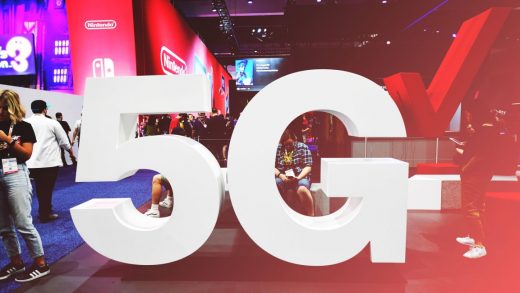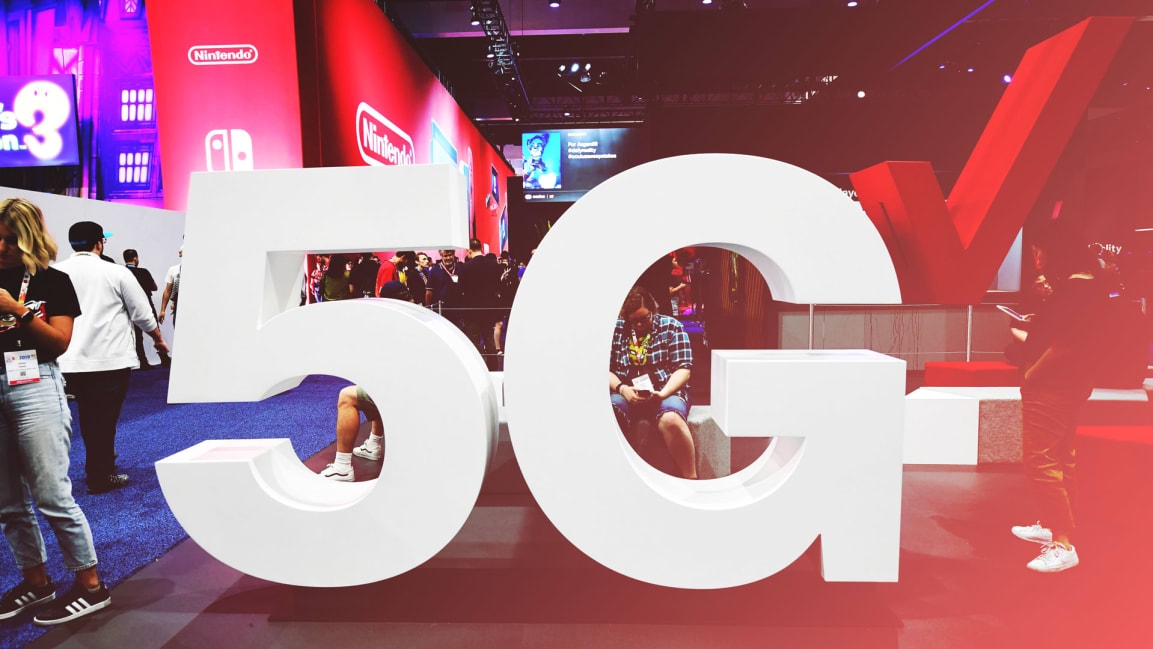What will 5G mean for you? A reality check on the hype
On Tuesday morning, the talks that opened the Mobile World Congress trade show in Los Angeles were Southern-California sunny about 5G wireless.
“It will revolutionize our lives,” said Meredith Attwell Baker, president and CEO of the wireless communications trade group CTIA, in a typical observation. The Washington trade group cosponsors this convention alongside GSMA, the London-based organization behind the much larger MWC show in Barcelona.
We’ve been hearing things like that about 5G for years. The next generation of wireless, so the sales pitch goes, will make the previously impossible possible. Think self-driving cars. Or robot surgery. Or perhaps even robot surgery in the back of self-driving cars.
But the resolutely optimistic remarks by opening keynote speakers such as Baker, Federal Communications Commission chairman Ajit Pai, U.S. Cellular CEO Kenneth R. Meyers, and Viacom president and CEO Robert Bakish also offered reminders of how far 5G has to go in some key areas.
Spotty coverage
The first thing to know is that the fastest flavor of 5G is also the first to fade. Millimeter-wave 5G, the foundation of AT&T and Verizon’s early 5G deployment, can deliver download and upload speeds competitive with fiber-optic links. But that high-band spectrum can’t deliver them more than a block or two.
“We’ll just never get the coverage out of millimeter that we need if we’re really going to try to cover vast areas of this country,” U.S. Cellular’s Meyers told Baker.
But even 5G networks built on slower but longer-range mid- and low-band spectrum cover far less ground than 4G. I’ve seen this myself carrying a Sprint 5G review unit around Washington, D.C., where reception is a block-by-block proposition.
Baker, who noted that “I’m literally walking the streets of Washington, D.C with a 5G phone—two 5G phones, in fact,” has probably observed this too.
(Disclosure: I also write for Yahoo Finance, one of Verizon’s media properties.)
Infrastructure hiccups
The keynote led off with remarks from L.A. mayor Eric Garcetti in which he bragged that “we’re going to be one of the first cities, big cities in the world to have a full 5G build-out here.”
How? “We made that easier for our providers by getting out of the way, cutting red tape, and then looking at the applications of 5G.”
That’s the flip side of limited 5G range: Millimeter-wave service will require an incredibly dense array of small cell sites, and not all cities and counties have welcomed it with the same enthusiasm as Los Angeles.
The FCC’s Pai has worked to override municipal-level obstacles and told MWCLA attendees that the U.S. will have “some 200,000” small cell sites deployed by this year. But that’s only a small fraction of what a nationwide 5G build-out could require.
In discussing the importance of ending the digital divide overall, Pai provided a useful comparison when he said: “It has an echo of the rural electrification of the 1930s and 1940s.” A 5G build-out probably won’t need decades, but it’s not something we’ll measure in months either.
Pai did, however, voice his confidence that the U.S. 5G build-out will proceed without fears over the security of the infrastructure itself—a nod to the concerns of the Trump administration and others over Huawei’s hardware, although neither he nor other MWCLA speakers dropped the H-bomb onstage.
“This is not an area where we can afford to take a risk and hope for the best,” Pai said.
Incremental improvements
Selling a 5G phone to the type of people in the room at MWCLA, or those who recognize that abbreviation at all, may not be hard. But what about people who think that today’s 4G LTE is already fast enough?
Viacom’s Bakish acknowledged that when he noted the progress of mobile video from quick YouTube clips to live streaming services that can replace TV subscriptions.
“We don’t actually have to wait for 5G to unlock the value of it,” he said. “The three key enablers of mobile video—connectivity, devices, and content—are all already in place.”
(19)



